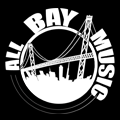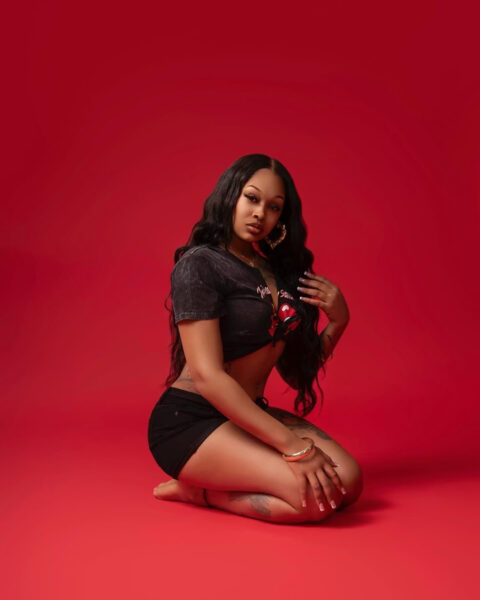The Intersection of Art and Law: Young Thug’s Case and the Right to Free Speech
In a groundbreaking decision, the courts have ruled that Young Thug, the influential hip-hop artist and cultural icon, must refrain from discussing his alleged gang involvement in his music. This ruling raises significant questions about the boundaries of free speech and artistic expression, particularly within the realm of rap, where storytelling often intersects with the artist’s reality.
Young Thug’s case is not an isolated incident. The use of rap lyrics as evidence in criminal proceedings has been a contentious issue for years. Notably, Sacramento rapper X Raided was convicted largely based on his lyrics, which detailed gang life and violence. Such precedents have sparked debates about whether these artistic expressions should be protected under the First Amendment or if they can be interpreted as admissions of guilt.
The court’s decision to restrict Young Thug from referencing gang life or violence in his lyrics poses a grave threat to artistic freedom. It effectively places a gag order on his creative expression, suggesting that any mention of his past could lead to severe legal consequences, including the possibility of serving a 20-year prison sentence. This punitive approach to artistic content not only undermines the essence of rap as a form of storytelling but also creates a chilling effect on artists who may feel compelled to self-censor to avoid legal repercussions.
Critics of the ruling argue that it contradicts the very principles of free speech that the First Amendment is designed to protect. Art, in its many forms, often reflects the complexities of life, including struggles with violence, gang affiliation, and the socio-economic conditions that give rise to such issues. By silencing artists like Young Thug, the courts are essentially stifling the voices of those who seek to express their realities through their work.
The ruling highlights a broader societal issue: the criminalization of certain forms of expression, particularly those that arise from marginalized communities. It raises the question of whether the legal system is equipped to understand and appreciate the nuances of artistic expression in hip-hop culture. Furthermore, it brings to light the potential biases that may influence legal interpretations of rap lyrics, which are often seen through a lens of suspicion rather than as legitimate forms of art.
In conclusion, the decision to limit Young Thug’s ability to discuss his gang involvement in his music is a significant infringement on his right to free speech. It underscores the ongoing tension between artistic expression and the legal system, particularly in genres like rap that frequently grapple with themes of violence and survival. As the legal landscape continues to evolve, it is imperative that we advocate for the protection of artists’ rights to share their stories without fear of penalization. The future of free speech in art depends on such advocacy, ensuring that all voices, no matter how controversial, are heard and respected.




